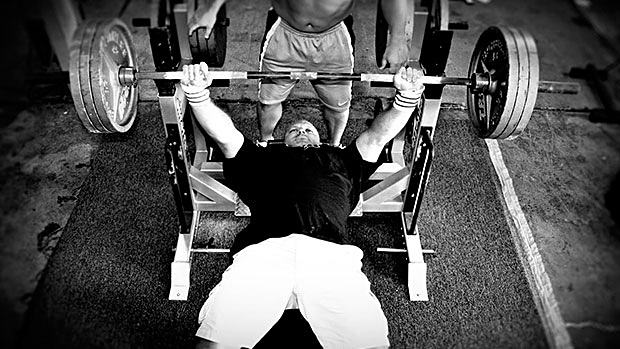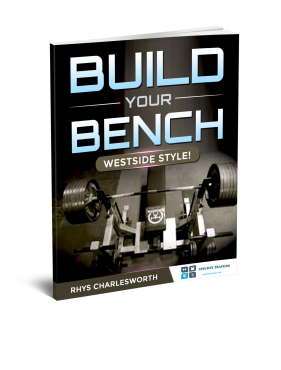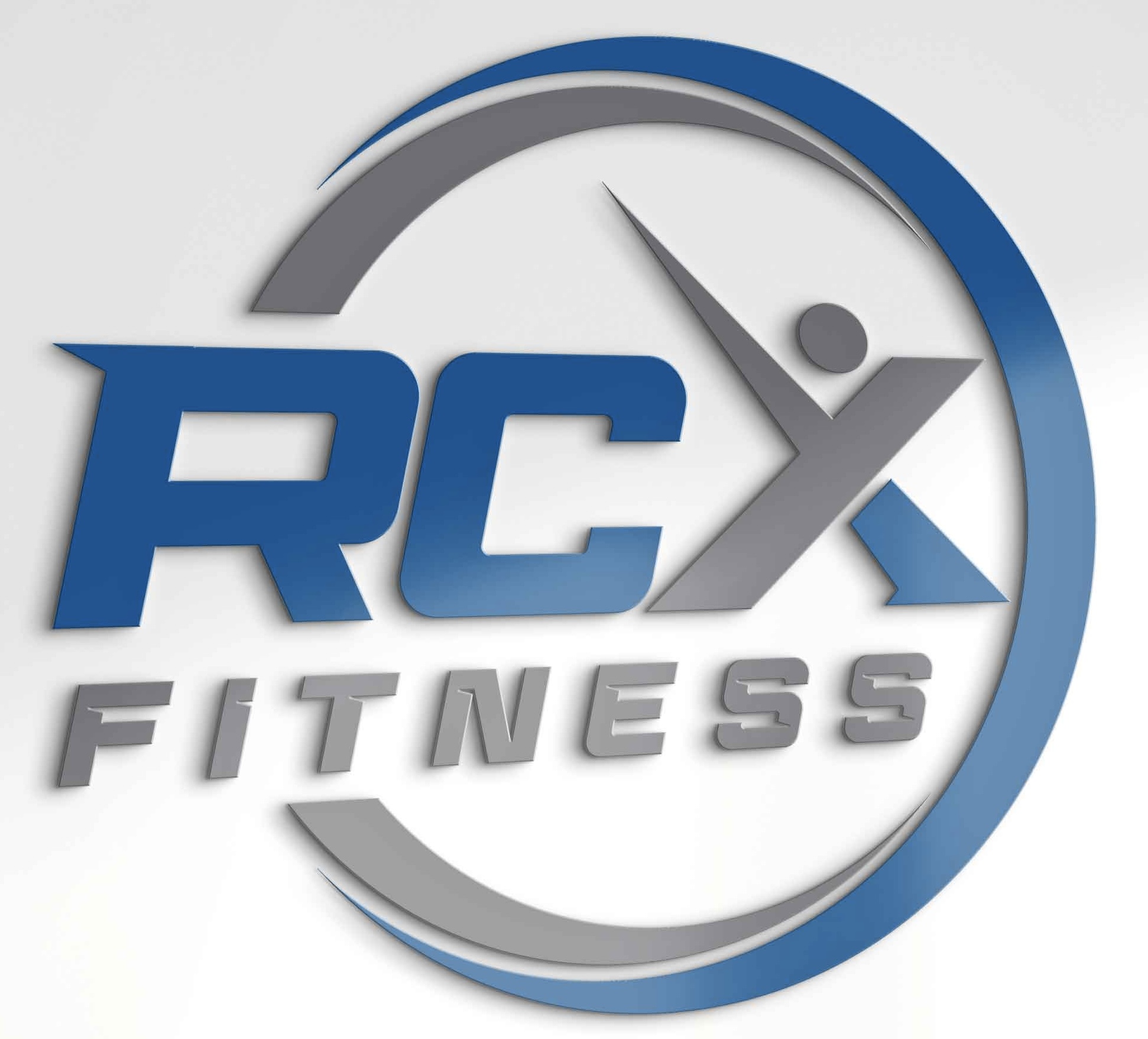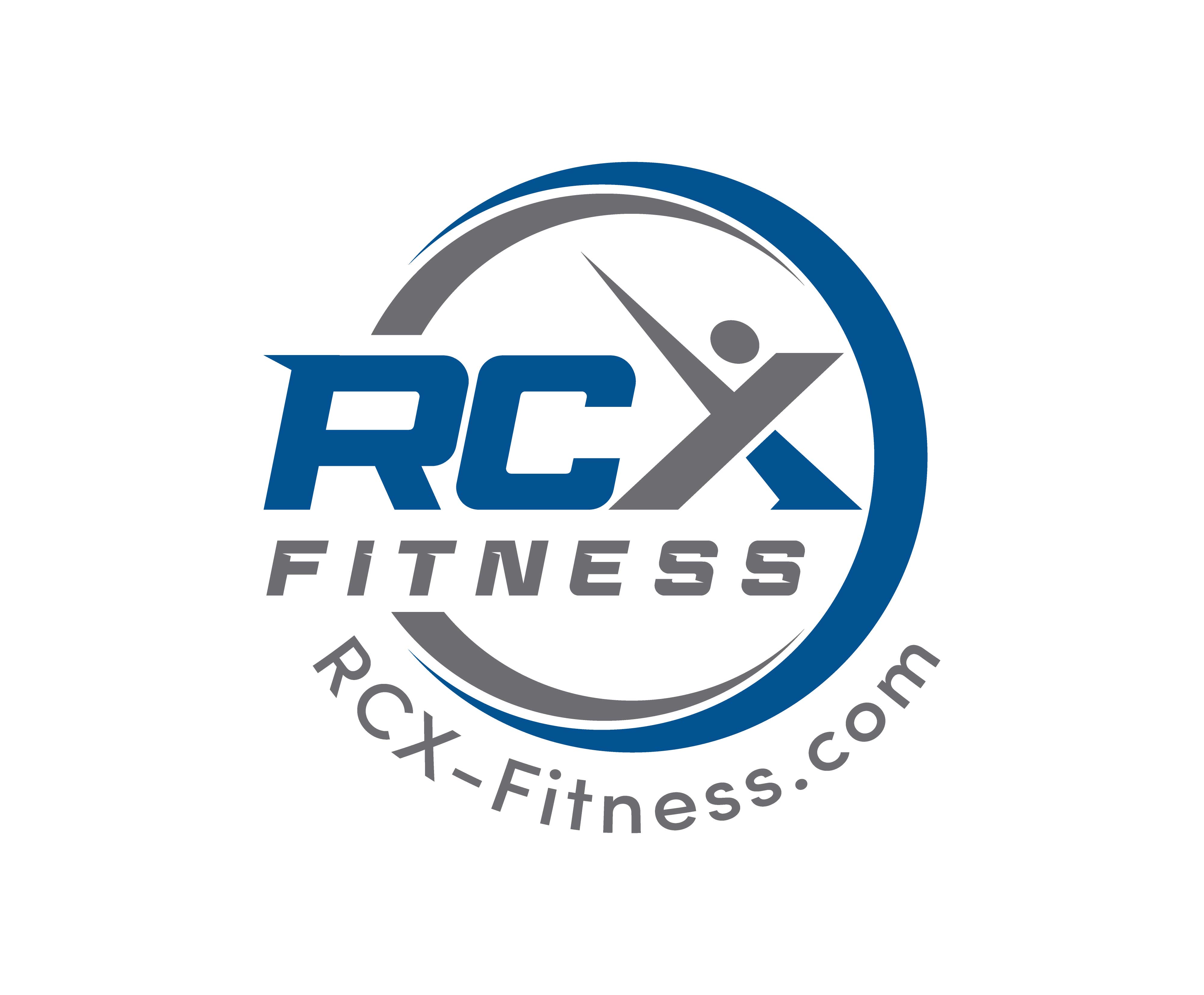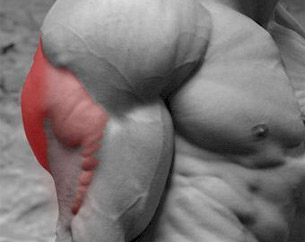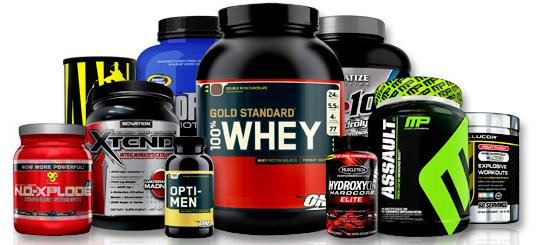So, you are doing your strength training?!
How is it going?
Well?
I hope so.
If you use the google machine and you will find hundreds of ‘the best strength building program’, The trouble is that all of these workouts are not specific to you.
It’s all very well using a cookie cutter workout program but if you don’t have the strength to do certain exercises, or if you are a novice lifter and attempt a ‘Smolov Squat program’, you will quickly find that it’s just not for you.
You Need to Train in a Way that Suits You!

My Online client Alex had done lots of several types of workouts
He had found on the internet. But none of it worked as it just
wasn’t specific to His specific needs. Training in the right way
can bring about huge changes in the way you look and feel.
When I designed Alex’s program I always stick to certain rules
or Commandments if you will.
I wanted to give out these exact guidelines to help you get the most out of your strength and fat loss.
If you haven’t already, check out The Ten Commandments of Fat Loss: Part 1. I outline the first 5 of 10 rules to stick to in order to start and maintain consistent and sustainable fat loss.
But Now I’m going to give you th
e first five rules you should stick to in order to build strength and help increase to metabolism, which can help towards your fat loss goals too.
#1 Have a Program
Ever been in the gym and not sure what to do? You’ve had a dabble doing some bench press, a couple of pullups and a set or two of crunches.
The trouble with this is that there is no direction, no way your body can adjust and adapt.
Having something to work to will help you address this.
You don’t need to have a super comprehensive plan but you need direction, you need to know what exe rises you’re going to be doing on each of your training days.
Lets say your workout schedule is Monday, Wednesday, Friday and you want to do a push, pull lower body programme. You would know exactly what exercises you are doing on each specific day as well as how many sets and repetitions you are wanting to do.
This way you are more likely to train that little bit harder and longer as you know exactly what you need to do. Each time you train.
#2 Eat Your Protein
Protein is the key to building enormous amounts of strength and shedding huge amounts of bodyfat!
Our muscles are made up of protein. In order for us to repair and grow both muscle size and strength we need enough protein to support this. Most people don’t eat nearly enough protein for this to happen.
If your training is spot on and your putting in so much effort into trying to get bigger biceps or improve your bench press, but your protein intake isn’t adequate then you just can’t recover properly and optimally.
#3 Be Progressive
This is a key element to strength training. It’s all well and good going 3 sets of 10 reps on a bench press but if that’s all you do in terms of intensity and volume then that’s all you will ever be able to do. What I’m saying is that you need to push yourself. Let’s take the Bench press as an example. If you do 3 sets of 10 reps (3×10) using 150lbs. You do that every week using the same weight, and the same sets and reps, you WILL NOT progress. Progression is the key to increasing muscle strength, size and density.
Your program doesn’t need to be super comprehensive and include drop sets, super sets, cluster sets etc. but it needs to be progressive in nature. One simple trick to use is adding a little more weight every week. So that 150lb Benchpress would turn in to 155lbs. you would do that weight until you could get 3×10 and then add another 5lbs etc.
It can be that simple. I often find the simplest of methods works the best, especially if you are new to strength training. Make sure your training pushes you and you push it.
#4 Have a Calorie Surplus
If you want to build muscle you need to have some ‘extra Calories’ in your system.
However, this doesn’t mean you get to go and scoff a Twinkie and get some fried chicken!
It means you need to have a slight calorie surplus to make those GAINZZZ!!! This keeps our body in a Positive Nitrogen Balance. All this means is that it keeps you in an Anabolic state (I’m throwing around words today), in a nut shell it means it enables you to build muscle and strength.
Now before you go and order that pizza and scoff the whole thing thinking “eating this will make me big and strong” (although pizza does sound good right now), don’t try and justify eating crap foods.
Realistically a surplus of 200-500 Calories extra a day is sufficient, and it is best to get this from REAL food such as rice, fruits, proteins etc.
This is not a justification to eat junk!!!
#5 Rest and Recover
If you’re like Me then you looooooooove training! It’s hard to stay away sometimes. But often rest is an overlooked component of Strength training.
Take powerlifting for example, I have a competition coming up in the next 3 weeks, what I aim to do is train up to a week before that event and then take a week off as rest and recovery in order to then perform at my best for the competition.
If all you do is workout but you don’t think about taking a day off to allow your body to recuperate then you may be forfeiting your strength gains. There will be a heightened likelihood that you will ‘overtrain’. This can lead to you feeling sick, headaches and can diminish your training quick severely.
The strongest guys in the world may only train 3-5 times weekly, I train 4 or 5 days weekly.
As a general rule I recommend having a recovery day at least every 3 days. That is minimum, Usually I advocate 2 days training and then 1 day off. In reality, it all depends on you, how heavy you are training, what you are training, what are your goals.
The best thing to do is listen to your body. If you feel tired, lethargic, always sore and have a constant headache then you probably need a day or 2 to recover. This can mean that you’re still active but you switch from weight training and go for a swim, a walk or a casual bike ride something that’s less intense and easy on the nervous system.
You see everybody is different.
You just need to figure somethings out yourself!
So now that you have had a read through these commandments, I hope this helps you with your strength training.
It doesn’t matter if you are a beginner, intermediate, advanced, powerlifter, athlete or whatever. These will always apply to you if you want to increase strength which will also help you drop bodyfat overall.
Apply these to your training and you can expect to see and feel the difference it makes. Remember it is a slow process and results will take weeks, months and even years. Have patience and be consistent with your workouts.
Shed Fat & Build record breaking strength!
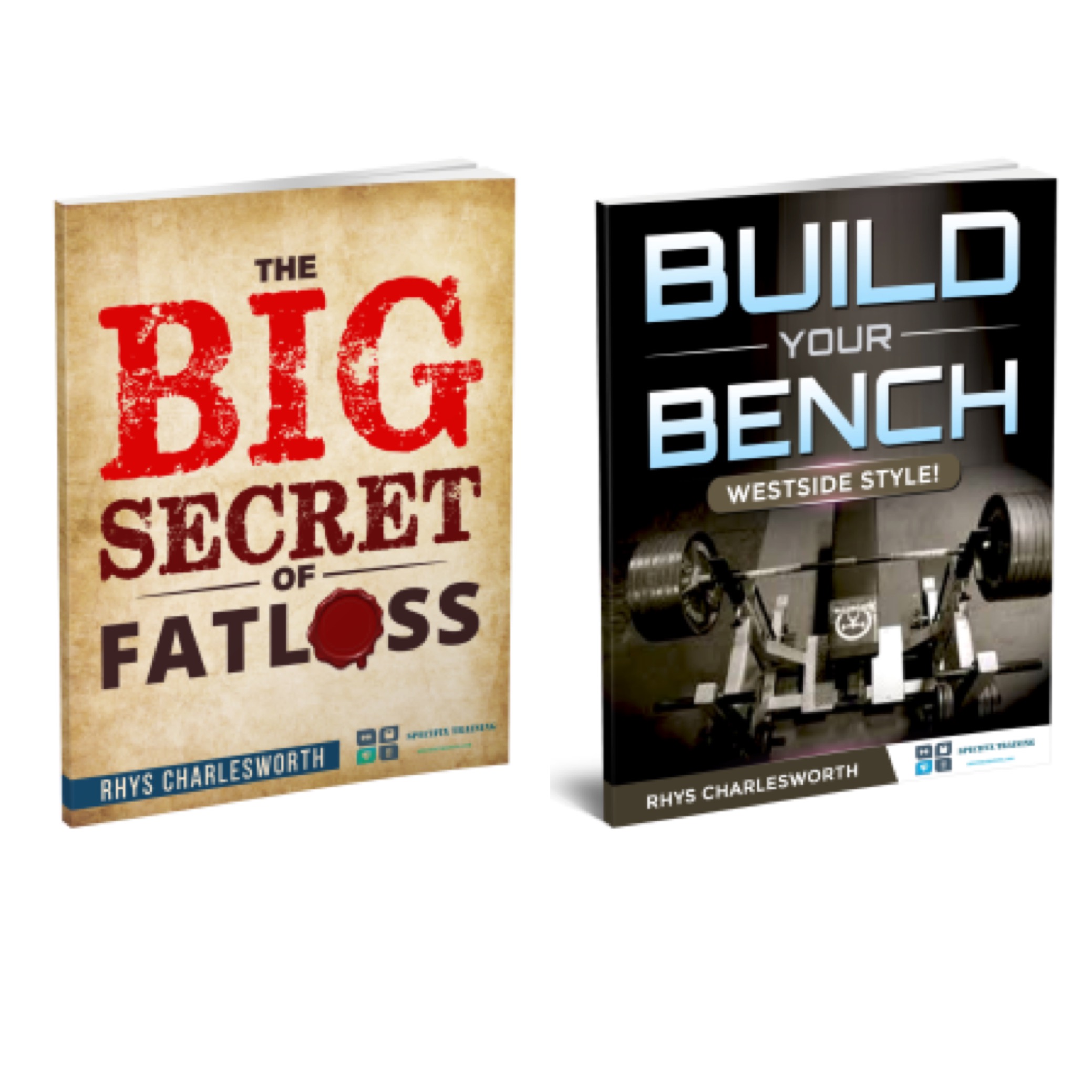
‘The Big Secret In Fatloss’ & ‘Build Your Bench: Westside Style!’
Drop your details below and I will send them over ASAP!
